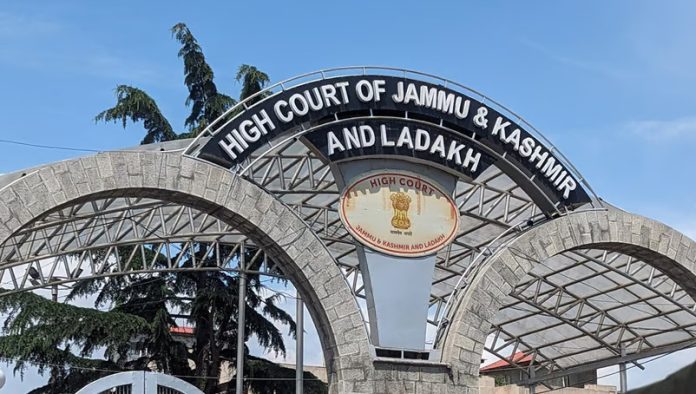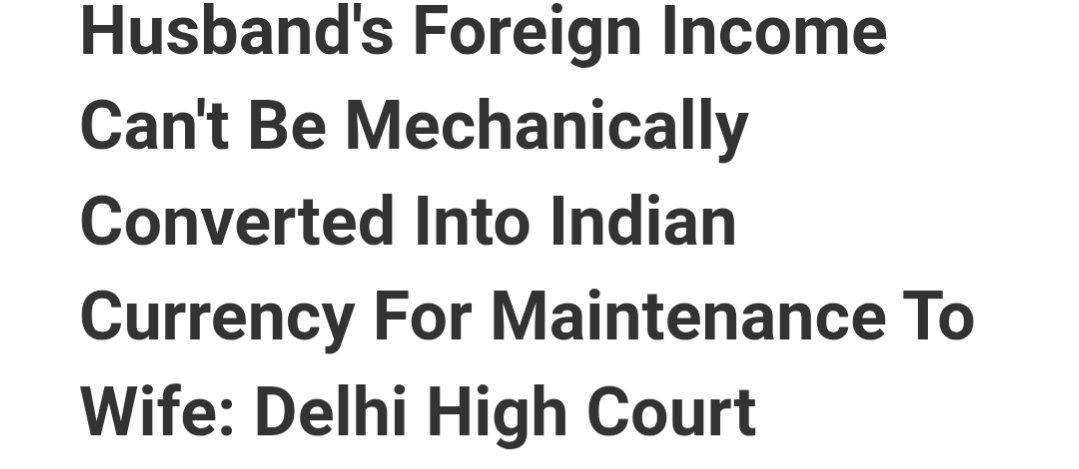P. A. MOHAMMED, J. :
These Tax Revision Cases have been filed by a company known as M/s. Plantation Corporation of Kerala Ltd., Kottayam. The dispute involved in these cases centres round the agricultural IT assessment for the years 1978-79 and 1981-82. In TRC No. 210/92 Annexure-H order passed by the Commr. of Agrl. IT/ST, Trivandrum under s. 34 of the Agrl. IT Act for the year 1981-82 is challenged whereas in TRC No. 239/92 a similar order passed by the Commissioner for the year 1978-79 is under attack.
2. The petitioner-company is carrying on the business of growing and planting rubber, cashew, etc. As per Annexure-A in TRC No. 210/92 the IAC completed the assessment for the year 1981-82. That order was passed on 14th Jan., 1987. There was an appeal from the said order and the Dy. Commissioner as per Annexure-C order allowed the appeal filed by the assessee in part and accordingly the assessment order for the year 1981-82 was directed to be modified. Being dissatisfied with the said order, the assessee filed a further appeal before the Tribunal. The Tribunal also by Annexure-D order dt. 6th Sept., 1990 granted certain reliefs in favour of the assessee. The Tribunal accordingly directed the assessing authority to revise the assessment in view of the directions contained therein. As far as the year 1978-79 is concerned, the IAC completed the assessment against the assessee-company as per Annexure-A order dt. 31st Dec., 1983. Subsequently, the Commissioner issued Annexure-B notice dt. 30th March, 1991 under s. 34 of the Act proposing to revise suo motu the assessment order for the year 1978-79. A similar notice evidenced by Annexure-E dt. 30th March, 1991 was issued by the Commissioner for the asst. yr. 1981-82. Thereupon the assessee-company filed objections against the proposal to revise the assessments suo motu. However, after hearing the objections, the Commissioner passed orders for revision of assessment orders for the years 1981-82 and 1978-79. Consequently, the Commissioner directed the assessing authority to issue revised assessment orders in view of the directions contained therein.
3. The counsel for the assessee contended that in both the cases the Commissioner has exercised the suo motu power under s. 34 of the Act not within the reasonable time. According to him, there is unreasonable delay in taking action under said provision and the impugned orders are vitiated for the reason that there is no explanation from the Commissioner for the delay.
4. As against Annexure-E notice for the year 1981-82 the assessee-company inter alia raised the following objection as to limitation in Annexure-F :
"The initiation of proceedings under s. 34 are barred by the laws of limitation in that it has not been invoked within a reasonable time. In any event under the Agrl. IT Act, 1991 the proceedings are clearly time barred."
Likewise, for the year 1978-79, the assessee-company has raised the following objection as to limitation in Annexure-C :
"At the outset your proceedings are barred by the laws of limitation in that it is initiated more than 7 years after the assessment order. In any event under the Agrl. IT Act, 1991 it is time barred."
5. In so far as the year 1981-82 is concerned the CIT in Annexure-H order observed as to the question of limitation thus :
"The objections were examined with reference to the connected records. The original assessment was completed on 14th Jan., 1987. There is, therefore, no unreasonable delay in initiating action under s. 34."
Likewise, the Commissioner in respect of the year 1978-79 observed as to limitation in Annexure-F order thus :
"There is delay of nearly 7 years since the original assessment, but a notice on this particular point had already been issued by the assessing authority as early as on 24th May, 1984 and objections got filed. The delay since there is not fatal and the decision in
6. In the aforesaid facts, what is required to be examined is whether the proceedings under s. 34 of the Act has been initiated by the Commissioner within a reasonable time in respect of the asst. yrs. 1978-79 and 1981-82. We have considered this question in TRC No. 16/92 and connected cases [reported as Dr. Thomas Varghese vs. State of Kerala (1996) 136 CTR (Ker) 61] where a similar action taken by the revisional authority under s. 34 of the Act has been questioned. In that case, we have held as to what is reasonable time. We said : "It is not the time that fixes by the authority who is to exercise the power. Nor is the one that fixes by the person who would be affected by the exercise of such power. It is the time that a reasonable man who is instructed of facts of the case, feels just and proper. The reasonableness of time in a particular case paramountly depends on the facts and circumstances of each case."
7. It is therefore necessary for this Court to examine whether the time taken by the Commissioner in initiating action under s. 34 is reasonable or not. This is not a case where the assessee has not raised any objection as to the delay. As far as the year 1981-82 is concerned, though the original assessment order was passed on 14th Jan., 1987 the notice under s. 34 was issued on 30th March, 1991 and the objection was filed on 5th April, 1991. As pointed out above, a specific objection has been taken as to the delay in initiating the action under s. 34. The final order was passed on 23rd Feb., 1992. That means there is a delay of five years and nine days in revising the assessment order dt. 14th Jan., 1987 invoking the power under s. 34 of the Act. As far as the year 1978-79 is concerned, the original assessment order was finalised on 31st Dec., 1983 and Annexure B notice was issued on 30th March, 1991 and objection was filed on 5th April, 1991. The final order under s. 34 was passed on 25th Feb., 1992. That means there is a delay of 8 years and 3 months in revising the assessment order for the year 1978-79 dt. 31st Dec., 1983 under s. 34. Therefore said delay cannot be said to be reasonable in the circumstances of the case.
8. Now, let us examine whether there is any explanation for the aforesaid delay in invoking power under s. 34. We have in the judgment referred to supra observed that if the Commissioner is taking suo motu action under s. 34, it is his duty to explain the delay caused in taking such action though no period of limitation is prescribed in that behalf. There is no case for the Commissioner in these cases that all the relevant papers were not brought to his notice in time. No explanation at all is forthcoming in the notices issue prior to the passing of the order under s. 34. The specific objections as to limitation were raised to the notices proposing suo motu action. When such objections are raised, it is the paramount duty of the Commissioner to explain with facts and figures the reasons for delay in taking the action under s. 34.
9. As far as the year 1981-82 is concerned, the Commissioner says that there is no unreasonable delay. It cannot be said to be correct because the original assessment order was admittedly finalised on 14th Jan., 1987 and it was the said order which was sought to be revised. The question is what was the reason for the delay ? The appellate order was passed by the Tribunal on 6th Sept., 1990 and thus all the matters with regard to the assessment has become final and conclusive. No circumstance is stated in support of the delay for exercise of power suo motu. The Commissioner is bound to explain the reasons for the delay as aforesaid. Without any supporting material we cannot say that there was no unreasonable delay. The Commissioner has no case that because of the pendency of the appeal before the Tribunal or before the first appellate authority, the delay was caused. Such reasons will not also prevent the Commissioner from taking action under s. 34 to revise the original order. He seeks to revise the original assessment order passed on 14th Jan., 1987. Therefore, he ought to have explained the reasons for delay from the date of passing of the final assessment order till the action under s. 34 was taken. In the absence of such reasons it can only be said that the impugned order is vitiated for unreasonable delay.
10. So far as the asst. yr. 1978-79 is concerned, the Commissioner himself admitted that there is 7 years delay since the original assessment order. Absolutely no material is available before this Court to examine as to how the delay has been caused. The Commissioner says that on the same point the assessing authority has issued a notice on 24th May, 1984. We fail to understand the stand taken by the Commissioner. If the officer proposes to take action for assessment of escaped turnover, it is for him to issue notice under s. 35 and not by the Commissioner under s. 34. The said circumstance cannot be said to be a reason for delaying the matter by the Commissioner. In this connection, learned Government pleader has brought to our notice that the assessing authority can initiate action for assessment of escaped turnover under s. 35 within a period of 5 years. Of course, it is true but it does mean that the Commissioner is allowed to take action within a period of 5 years for initiating action under s. 34. In this context it must be recalled that the powers under s. 35 and 34 are independent and separate. When the assessing authority is authorised to assess the escaped turnover within a prescribed period of 5 years under s. 35, that is the function of the assessing authority and not the function of the Commissioner. When the powers under s. 34 is clearly an extraordinary power conferred on the Commissioner, he cannot escape by saying that the power can be exercised by him within a period of 5 years. Therefore, the Commissioner is not entitled to get a period of 5 years for invoking the power under s. 34. Even though the Government pleader makes a formidable plea in this regard, we do not find our way to accept the said contention in view of the fact that the provisions contained in ss. 34 and 35 are separate and distinct and one cannot be applied for the other.
11. In view of the above discussion, we set aside the impugned orders passed by the Commissioner under s. 34 of the Act in respect of the years 1981-82 and 1978-79. The Tax Revision Cases are accordingly allowed.

